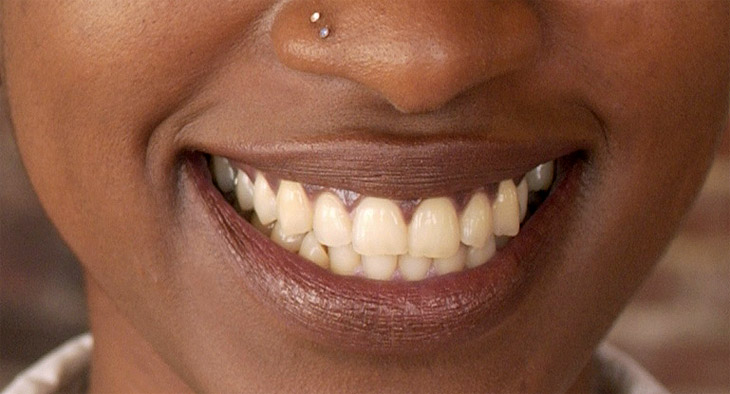1. Verbs associated with the five senses.

Put the missing words into the correct place in the table below. Drag the words to the gap, or you can click the word and then click the gap.
3. Using verbs associated with the five senses.
You look worried. Is everything OK?
I've taken an aspirin and I feel better already.
The same verbs are followed by like before a noun phrase:
These veggie burgers really taste like hamburgers.
My brother looks like me.
Who's that on the radio? It sounds like Bob Dylan.
This feels like the worst cold I've ever had.
Complete the sentences. Type in the correct form of the verbs look, feel, taste, sound or smell and like if necessary.
For more information about stative verbs go to the Grammar Reference.
5. Pronouns that refer to an indefinite person or to people in general.
If someone looks happy, we tend to believe they are happy.
You can refer to people in general:
When you put on a false smile, this doesn't happen.
We or us can refer to everybody, including you (the listener) and me (the speaker):
If someone looks happy, we tend to believe they are happy.
Complete the sentences with the words in the box. You may use the words more than once.
See explanations of the answers.
6. Using it and this to refer back.
It is used to refer back to a specific thing mentioned in the clause or sentence before:
I went to a party at the weekend. It finished at 6 a.m.
(It refers to the party.)
This is normally used to refer back to a complete clause, sentence or group of sentences:
In a real smile, a muscle around the eye contracts, which causes the skin around the eye to tighten and create lines. When you put on a false smile, this doesn't happen.
(This refers back to the whole of the sentence before.)
Choose the correct pronoun to complete the sentences.
7. Saying how difficult or easy you find it to do things, and how well you do them.
Even experts in lie detection find it hard to tell when someone is lying.
Adjectives that can be used in this structure include easy, hard, difficult and impossible.
The structure be + adjective + at + noun or verb + -ing can be used to say how well you can do something:
We are bad at telling whether someone is lying.
Adjectives that can be used in this structure include good, bad, terrible, fast and slow.
Put the words in the right order to form sentences.
8. Sentence completion.
Change the word in brackets to complete the sentence. Say and record the complete sentence.
For example:
You see: He’s good (learn) ______ languages.
You say: He’s good at learning languages.
9. Saying how difficult or easy you find it to do things.
Complete the second sentence using find + it so that it means
the same as the first sentence.
It's hard for me to believe what you're saying.
![]()
I find it hard to believe
what you're saying.
11. Agreeing and disagreeing.
Read the short exchanges and match the statements to the responses. This exercise is in two parts. Scroll down to see Part 2.
Part 1
Now complete Part 2.
Part 2
